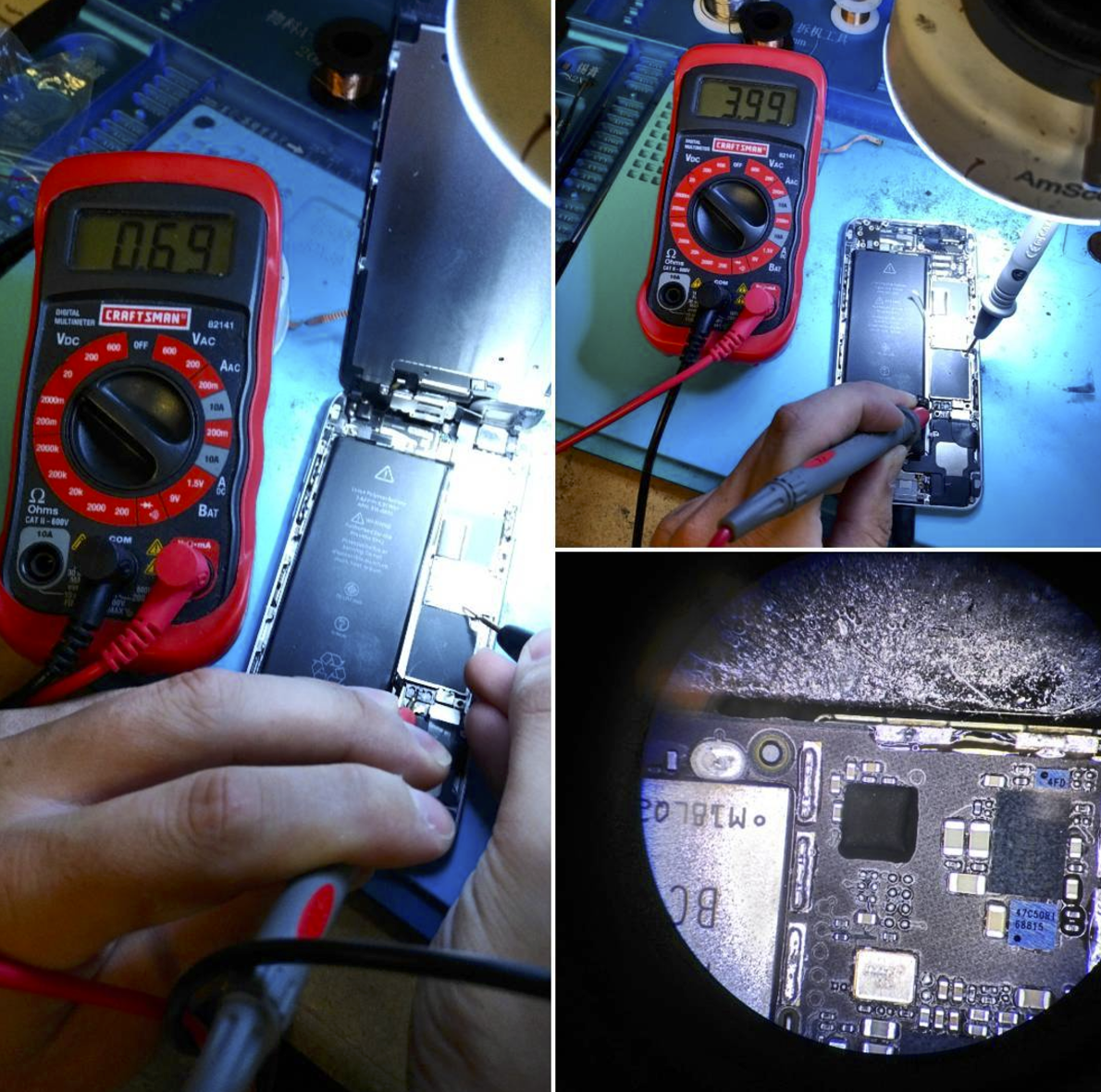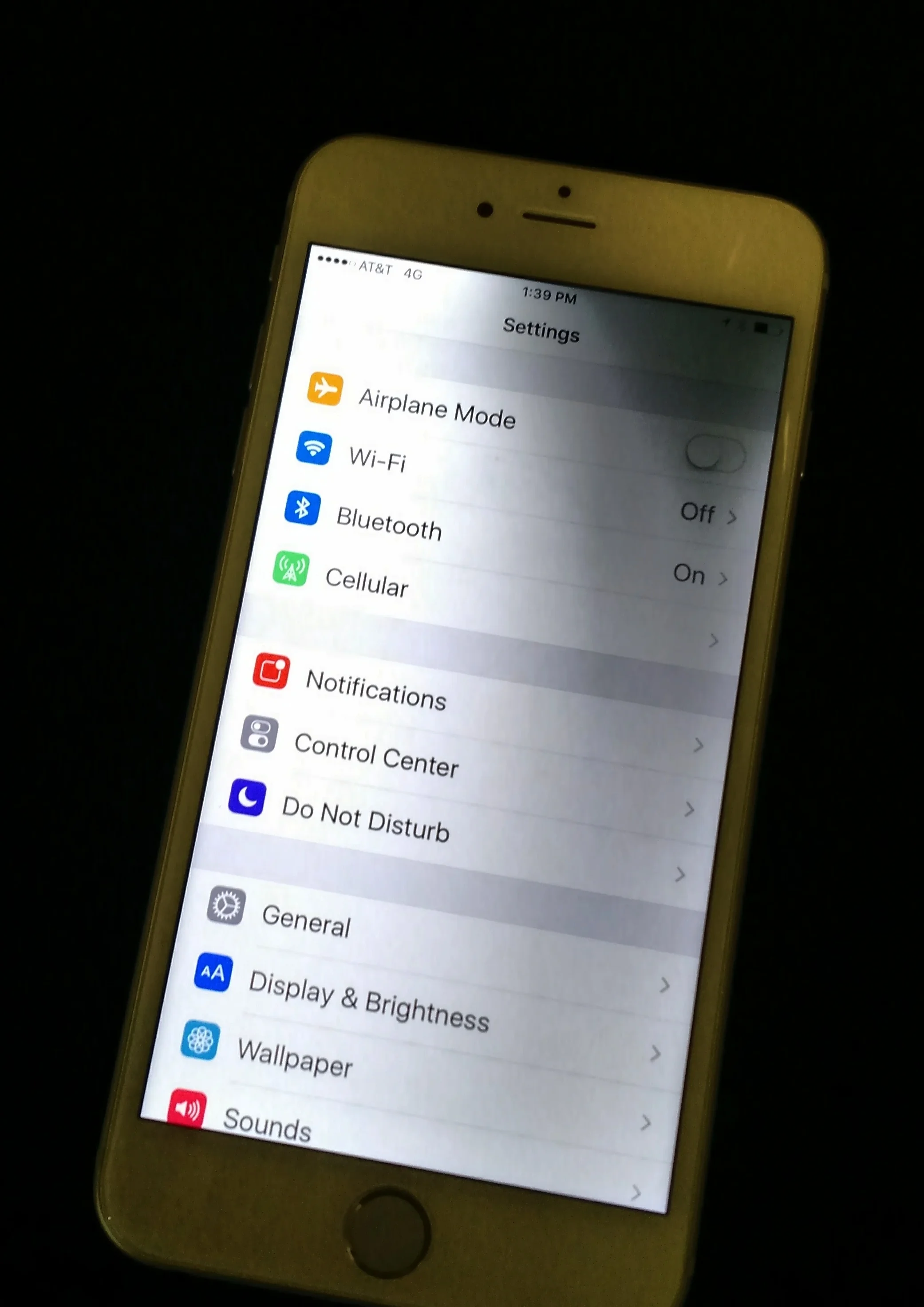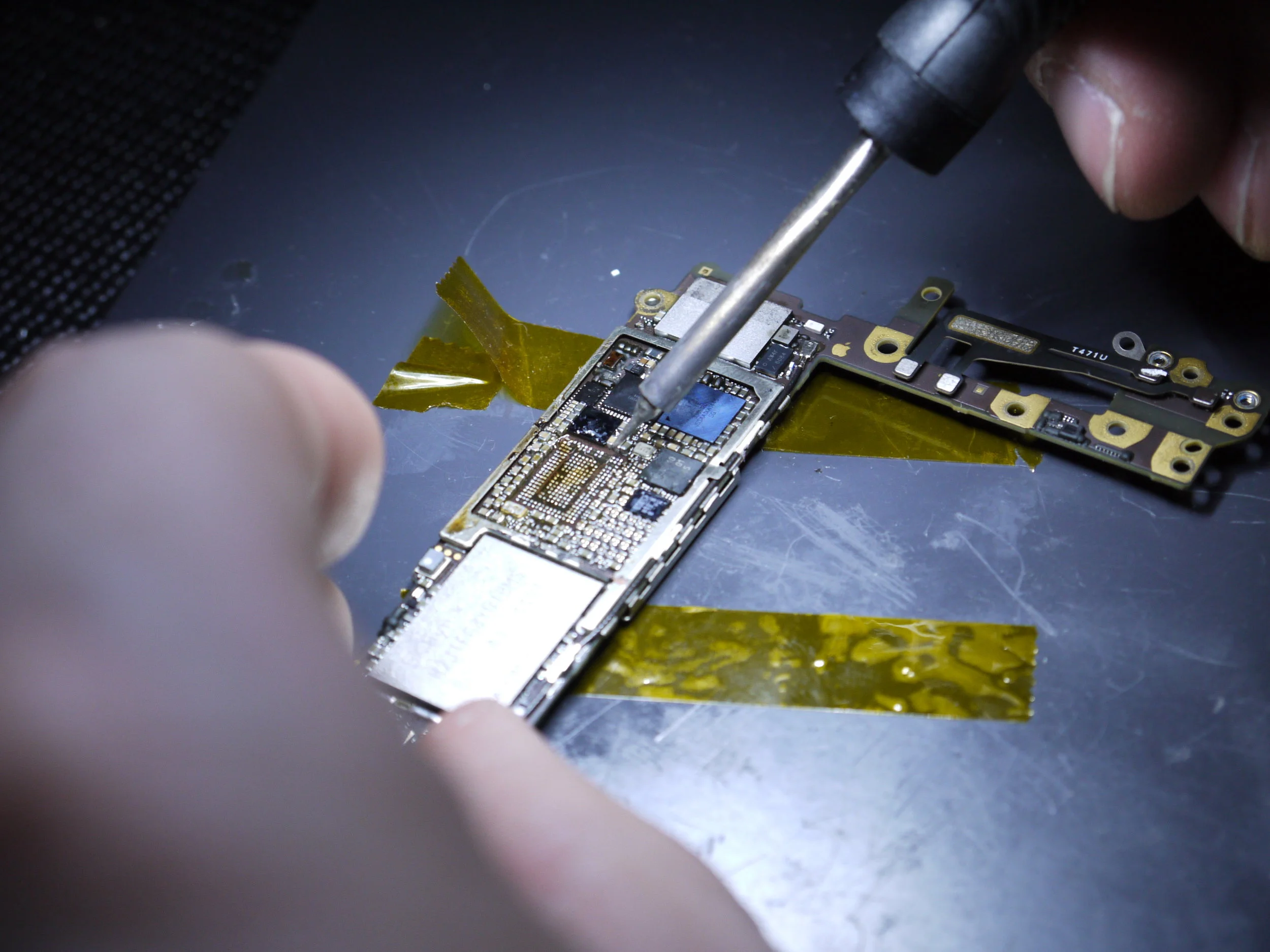Micro soldering repairs are the optimal choice for motherboard repair due to their precision and effectiveness in addressing intricate circuit issues. This advanced technique involves soldering microscopic components directly onto the logic board, enabling skilled technicians to restore functionality without replacing the entire motherboard. With a focus on detail and expertise, micro soldering can resolve a wide range of problems, from damaged power connections to short circuits. By choosing micro soldering, customers benefit from a cost-effective solution that maximizes the lifespan of their devices and minimizes electronic waste. Trust in micro soldering for reliable, high-quality motherboard repairs.
Read MoreWhen faced with the frustrating issue of a white screen on your iPhone 13 Pro, soldering a wire on the screen can offer an effective solution. The white screen problem is often caused by a loose or damaged connection between the screen and the lcm panel. By carefully soldering a wire to reconnect these components, the electrical connection is restored, allowing the screen to function properly once again. This delicate procedure requires the expertise and precision of a skilled technician to ensure that the soldering is done accurately and without causing any further damage. Once the wire is securely soldered into place, the white screen issue is resolved, allowing you to enjoy your iPhone 13 Pro's vibrant and functional display once again.
Read MoreDo you have an iPhone 12 or 13 Series that no longer turns on, or doesn’t get service and shows SOS?
These are common motherboard issues caused by the compact design of the motherboard, read on to see how the technicians at Micro Soldering Repairs can fix this for you!
Read MoreIn this repair the flex cable was burned and thus shorting out the power rail causing the phone to not boot. A replacement of the antenna flex that is soldered to the back of the board is required for the device to boot and function properly.
Read MoreThe Apple iPhone 11 utilizes an LCD panel in its design, which means that a high voltage backlight circuit is an integral part of the design to make image on the display visible. Damage to this circuit most often occurs during a screen replacement in which proper precautions are not
taken, particularly if the battery is left plugged in when the screen is removed or connected to the logic board of the device. There is a chance that if the battery is left plugged in, a resistor on the logic board will be damaged, causing the backlight circuit to malfunction.
Here at Micro Soldering Repairs we have serviced thousands of devices over 5 years and have found the best soldering equipment for all budgets. On this page you will find different options for your next soldering setup.
Read MoreHaving ear speaker sound problems on your iPhone model X/XS/XR/XS Max, have our trained technicians take your device in to perform a ear speaker replacement soldering service. Contact us today!
As part of the iPhone X series and up Face ID biometrics now locks the front facing hardware to the motherboard which limits the options of replacement parts and repairs. For any replacements on the front ear speaker flex cable this would result in a loss of the Face ID function feature.
Something as simple as the ear speaker being damaged from water or technician damage would typically render the Face ID to fail if the whole flex cable assembly was replaced.
Read MoreWe've discovered a "signature fault" in the iPhone 7 series which results in no audio meaning no sound from the ear speakers, loud speakers or microphones. Occasionally this also triggers boot-loops, which is when the phone tries to turn on a fails the hardware check which causes the phone to reboot for an extended period of time.
Read MoreLong screw damage can be caused on many different devices such as the iPhone 5S, iPhone SE, iPhone 6/6S and 7 series. Each model has different locations for possible long screw damage. Depending on the model of the iPhone long screw damage can range in severity from "basic" problems such as no backlight, no service or much bigger problems such as no image, or no boot caused by a 1v8 short.
Read MoreA flexible printed circuit (FPC) connector is used to connect to circuits together in a device or unit that flexes in a small or confined manner that does not otherwise allow a socketed connection. Often times these connectors are made from a brittle plastic that is not rated for many connects and disconnects, as such they can fail with normal installations. This service is to repair or replace a damaged FPC connector on any device.
Read MoreIn order to determine if the Tristar IC is functioning properly, test the voltage of the battery terminal--after you confirm that the phone is pulling amps using the ammeter
Read MoreTypically we see iPhone 6 Plus and iPhone 6S Plus with a half backlight due to the phone needing not one but two anode backlight circuits. With one anode backlight gone out it effectively shuts off half of the led light strip in the backlight panel.
Read MoreWith the aide of schematics, board views and donor parts these repairs are often feasible and much cheaper then the alternative which would involve replacing the whole motherboard, which sometimes can compromise the data on the device, rendering the information unreadable.
Read MoreThe most common DIY mistake when replacing a battery is prying up on the board-side and breaking the connection of many small capacitors and inductors which are needed for the phone to boot properly. The repair invovles replacing the missing components to allow the phone to charge and boot as required.
Read MoreTypically for a backlight to go out on the iPhone 6S would be a result of a few things, 1 being liquid damage on the motherboard causing corrosion and shorting out the backlight circuit which contains a diode, a backlight ic (U4020) as well as few other discrete components. Another way a backlight circuit can go out is also by installing a replacement screen and bridging a few of the connectors on the LCD FPC connection thus causing a short and ruining the circuit.
Read MoreA blown back light on an iPhone 6 is typically caused by a screen replacement gone wrong or a sudden drop on the phone which can damage some of the components on the backlight circuit.
Lets take a look at the back light circuit and evaluate the possible issues and solutions to this problem.
Read MoreOften times with smaller mobile devices, a need for shrinking the surface mounted components arises. With the smaller components comes smaller tools. Typically working with components on the 0402 scale and even smaller makes using standard tools very difficult. The scale is literally microscopic; components on a board can be smaller than a grain of rice (hence the microscope)
Read MoreDo you own an iPhone 6 Plus and suffer from no touch or flashing gray lines? Have you tried to bring your phone to a repair shop and they were unable to fix the problem. The repair process involves disassembling the iPhone and removing the motherboard to access the touch IC's that reside on the back of the logic board.
Read More



















